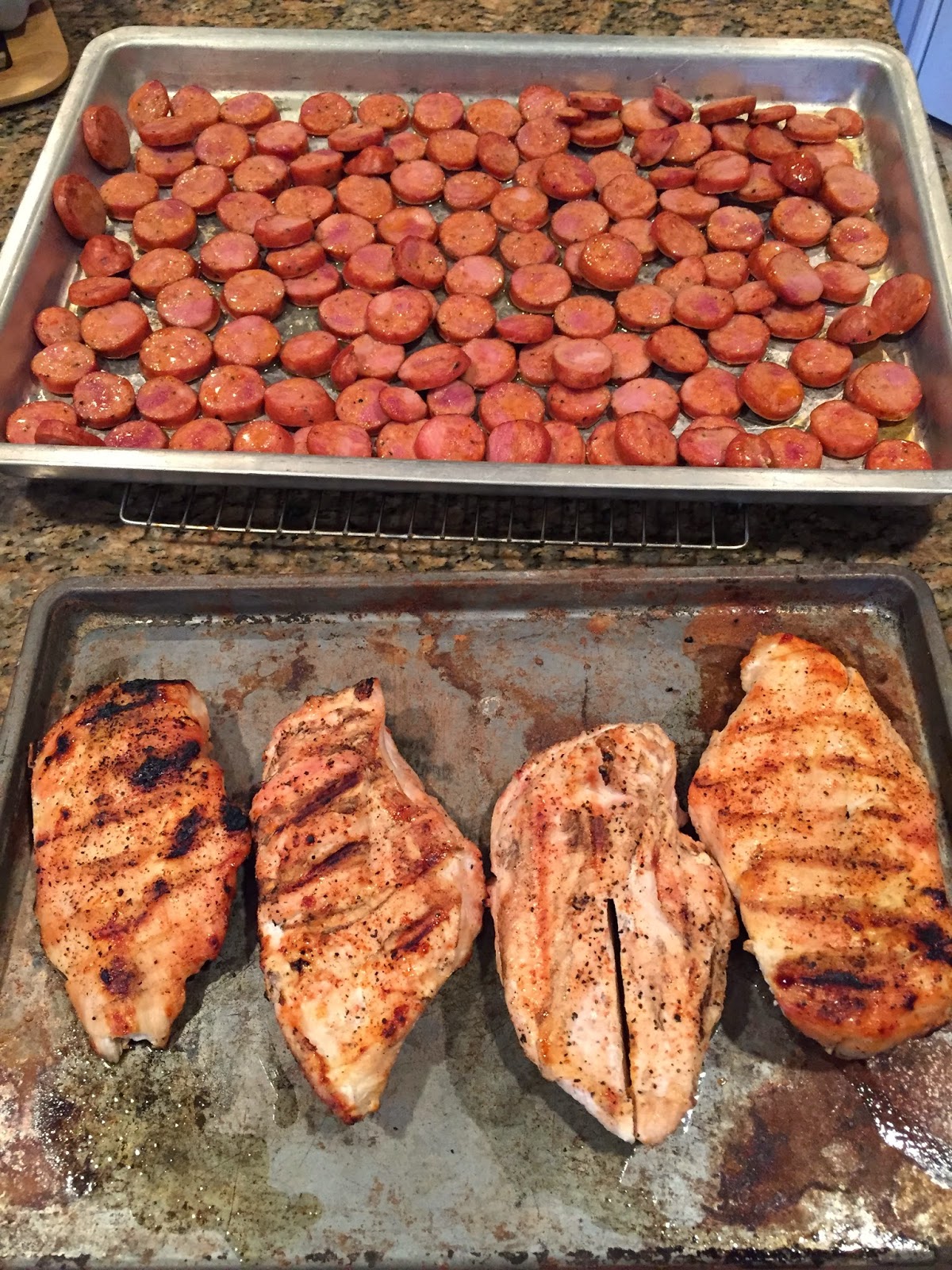Back in November, I shared some of my experiences as a block tester for Quiltmaker magazine. That was actually my second round of serving as a block tester. I thought I would use this post to share some experiences during my first round of block testing.
I learned about the opportunity to test blocks through a Facebook post from Quiltmaker. I do need to admit that I felt a bit like a fraud in responding to the call. They requested that those volunteering to be block testers be competent with multiple styles of quilting, including traditional piecing (no problem, here), appliqué (some confidence with hand appliqué, machine appliqué not so much), and foundation paper piecing (no prior experience, but willing to learn).
Fortunately, the first block pattern I received involved traditional piecing (whew!). The second one, however, required machine appliqué (feeling the anxiety now). Fortunately, it didn't involve too many multiple small pieces.

I was greatly relieved that the next two blocks went back to traditional piecing techniques.
It was about this time, that I received an email from the Quiltmaker staff indicating that they were looking for individuals who would be willing to design a quilt involving the blocks that they had been testing. The quilts needed to include a minimum of nine blocks and use at least three different block patterns that we had tested. They would provide the fabric. We would design and create the quilt. For good or for bad, I decided to volunteer.
In the mean time, I received some additional patterns to test - these two involving a helicopter and a bicycle. My daughter said that the bicycle one would look great with vintage fabrics if I had any hipster friends.
About this time, the fabric that I would use to make my test quilt arrived. I do have to say that I was a little nervous because I did not get to pick out my fabric. I needed to be willing to use whatever it was that they sent me. Here are some swatches from the colors I received. I was absolutely delighted with the colors and textures.
Now, the challenge was to decide which blocks to use and how to arrange them in a way that would showcase the feature blocks as well as the colors and textures in the fabrics. Although I would receive a few more block patterns to test, including these two, I decided to feature three of the first four block patterns that I received in my test quilt.


When all was said and done, I decided to go with a simple 3x3 block layout with a 6 inch border. After I laid out all of the blocks, I was really pleased with the secondary design that the emerged around the center block. I also liked how the corner blocks created a pseudo-sashing effect.
My cat also offered his approval of the quilt.
Over the past seven weeks, I have been on a wonderful Bible study journey through the books of First and Second Thessalonians. During the past couple of weeks, our lessons have centered around gaining an understanding of and appreciation for the unique ministry to which each of us as believers has been called. To cite the author, "[Our] ministry is the ever-accruing collection of [our] life works for the glory of God." My role is not to belabor the areas where I have not been gifted for ministry but rather to appreciate and live out the unique ministry God has for me. I was particularly touched by the perspective of stepping out in faith and resolving to do some good in Jesus' name, even if we may feel inadequate. As Paul, Silas, and Timothy prayed for the church in Thessalonica,
To this end also we pray for you always that our God may count you worthy of your calling, and fulfill every desire for goodness and the work of faith with prayer; in order that the name of our Lord Jesus may be glorified in you, and you in Him, according to the grace of our God and the Lord Jesus Christ. 2 Thessalonians 1:11-12














